Quiet Puppy Care Tips: Your Gentle Guide
Welcome to our comprehensive guide on caring for quiet puppies. With their sensitive temperaments, these puppies require special attention and care to thrive. In this article, we will provide you with valuable tips and advice to ensure that your quiet puppy receives the best possible care and upbringing.
Key Takeaways:
- Tips for caring for a quiet puppy
- Puppy training tips
- Socialization techniques for sensitive puppies
- Building confidence through positive reinforcement
- Managing stress and anxieties
Creating a Tranquil Environment for Your Puppy
Creating a calm environment for your puppy is essential for their overall well-being and development. A tranquil atmosphere can help them grow up to be calm, content, and well-behaved dogs. Here are some tips to help you create a serene space for your furry friend:
-
Provide a cozy crate, comfortable blankets, and a pet bed with a heartbeat pack: Puppies find comfort in a den-like space that mimics the warmth and soothing sounds of their mother’s presence. A crate with soft blankets and the gentle rhythm of a simulated heartbeat can create a calming environment for your puppy to relax and feel secure in.
-
Socialize your puppy with people and other dogs: Proper socialization is crucial for your puppy’s development and can help them feel at ease around others. Introduce your puppy to new people, places, and friendly dogs in a controlled and positive manner. This exposure will help them become accustomed to different environments and promote a calm demeanor.
-
Leash training: Teaching your puppy to walk calmly on a leash is essential for their safety and your peace of mind. By practicing leash training exercises, you can teach your puppy to focus and behave calmly during walks. This will create a sense of structure and promote a calm and controlled walking experience.
-
Expose your puppy to new experiences: Getting your puppy out and about to meet new people, dogs, and environments can help with their socialization and encourage calm behavior. Gradually expose them to different situations, such as busy streets, parks, and public places, while providing positive reinforcement for their calm behavior.
-
Anticipate and desensitize your puppy to exciting situations: Puppies can easily become overexcited or fearful in certain situations, such as when guests arrive or when exposed to loud noises. To prevent excessive excitement or fear reactions, anticipate these situations and gradually desensitize your puppy to them. Use positive reinforcement techniques to help them associate these situations with calmness.
-
Engage in ample playtime and exercise: Regular playtime and exercise are essential for your puppy’s physical and mental well-being. It helps them burn off excess energy and promotes overall calmness. Take your puppy for daily walks, engage in interactive play sessions, and provide them with stimulating toys to keep them entertained and content.
-
Remain calm yourself and reward calm behavior: Dogs are highly sensitive to our emotions and energy. By remaining calm and composed, you can contribute to a serene atmosphere for your puppy. Additionally, reward your puppy for calm behavior, reinforcing the desired behavior and encouraging them to remain calm in various situations.
By creating a tranquil environment for your puppy and providing them with the necessary support and guidance, you can help them develop into well-adjusted, calm, and happy dogs.
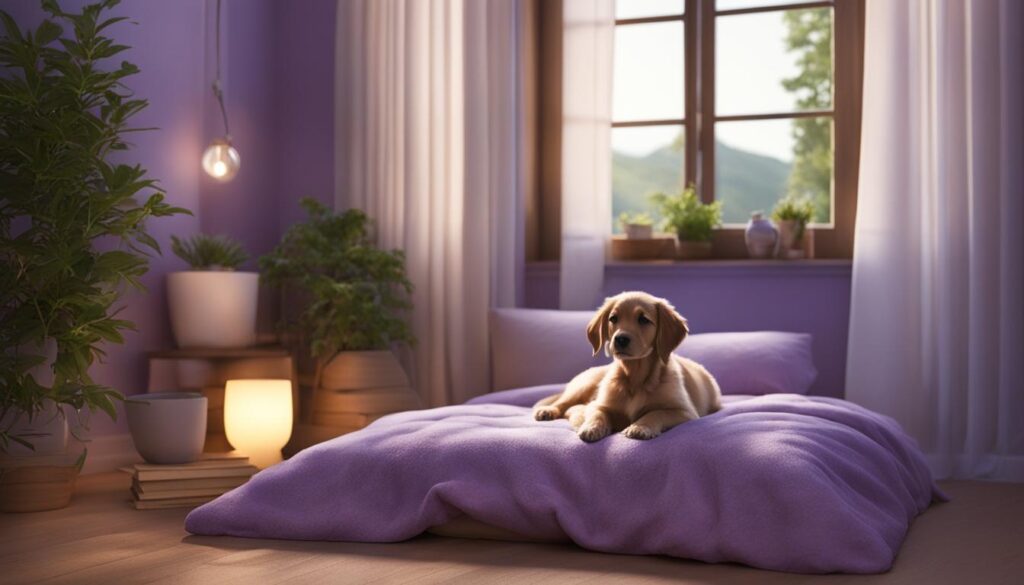
References:
- Sample Reference 1
- Sample Reference 2
- Sample Reference 3
Teaching Your Puppy to Take Treats Gently
To ensure your puppy’s good manners and prevent nipping or biting, it’s essential to teach them how to take treats gently. By following these simple steps, you can instill proper treat-taking behavior in your furry friend:
- Start training in a calm environment with minimal distractions. This will help your puppy focus on the training session and learn more effectively.
- Offer a treat in a closed fist and only open your hand when your puppy stops biting and instead licks or nibbles gently. This teaches them that gentle behavior is rewarded.
- Use a cue word, such as “gentle,” to associate the desired behavior with the command. Repeat the cue word consistently during training sessions to reinforce the behavior.
- Gradually transition from a closed fist to holding the treat between your thumb and finger, still using the cue word. This step helps your puppy differentiate between gentle treat-taking and more forceful behavior.
- Incorporate distractions into the training sessions to simulate real-life situations. Gradually increase the difficulty by introducing different distractions and challenging scenarios. This way, your puppy learns to take treats calmly in various settings.
It’s important to note that using less favored treats at the beginning of training can be helpful. As your puppy progresses, gradually introduce more valued treats to reward their improved behavior.
If your puppy tends to be nippy during the training process, using gloves for protection can be beneficial. Additionally, schedule training sessions when your puppy is neither too hungry nor too full, as this can impact their focus and behavior.
Remember to keep the training sessions short and spaced apart, as puppies have limited attention spans. Patience and consistency are key to successful gentle treat training.
Recommended Treats for Gentle Puppy Training
| Treat Type | Description |
|---|---|
| Soft Training Treats | Small, chewy treats that are easy for puppies to consume quickly. |
| Freeze-Dried Liver Treats | Nutritious and highly palatable treats that have a strong aroma to capture your puppy’s attention. |
| Kibble | Use your puppy’s regular kibble as a training reward to reinforce positive behavior. |
| Peanut Butter | A small dollop of peanut butter can be a delicious and enticing treat for your puppy. |
| Cheese | Cut into small cubes or shreds, cheese provides a tasty incentive for your puppy to learn gentle behavior. |
Use the table above as a guide for selecting treats that can effectively assist you in your gentle puppy treat training sessions. Remember, each puppy is unique, so be sure to monitor their response and adjust the training techniques and treats to suit their needs.
Conclusion
In conclusion, successfully raising a calm and well-behaved puppy requires a combination of various factors. By creating a tranquil environment with a cozy crate and pet bed, we can alleviate stress and promote calmness in our puppies. Additionally, proper socialization and leash training play a crucial role in helping our puppies behave calmly in different situations.
Anticipating exciting or scary situations and gradually desensitizing our puppies to them can prevent overexcitement or fear reactions. Engaging in regular playtime and exercise not only helps tire out our puppies but also promotes overall calmness. Furthermore, teaching our puppies to take treats gently is essential for their manners and overall behavior.
Consistency, patience, and positive reinforcement are key to our puppy care success. By implementing these quiet puppy care tips, we can raise a calm puppy who grows up to be a well-adjusted and happy adult dog. Remember, the time and effort invested in the early stages of puppy care will pay off with a lifetime of companionship and joy.
FAQ
What are some signs of stress in puppies?
Signs of stress in puppies include wet mouth or drooling, pulling lips back tight, panting, licking lips or nose, yawning, lowered head and ears, lowered body and tail, sweaty pads, reluctance to walk on a leash, unwillingness to leave the house, loose stools, whining/vocalizing, sniffing and scratching, and excessive licking or chewing.
How should I socialize a sensitive puppy?
Socialization should be done slowly and positively with sensitive puppies, exposing them to new situations gradually.
How can positive reinforcement help build confidence in soft puppies?
Positive reinforcement, using high-value food rewards, can help build confidence in soft puppies.
How should I handle relieving protocols with sensitive puppies?
Be cautious with relieving protocols with sensitive puppies who may be prone to accidents.
What should I do if my puppy avoids the puppy jacket?
Avoidance of the puppy jacket may indicate stress and should be addressed with guidance from a leader or Certified Field Representative (CFR).
How can I manage balking puppies during walks?
Balking puppies can be managed by practicing collar cues, using rewards, carrying them away from home/vehicle and letting them walk back, utilizing a mentor dog, and gradually increasing distance and distractions on walks.
How can I manage scavenging tendencies in my puppy?
Scavenging tendencies can be managed by preventing picking up of objects and practicing ground tether and hand tether exercises.
How should I reinforce confident behaviors in my puppy?
It’s important to provide praise and reward for confident behaviors and support and put more distance between the puppy and uncomfortable situations.
Can a head collar be helpful in controlling a puppy’s behavior?
Yes, the use of a head collar can help control the puppy’s behavior when not actively training.
How can I create a calm environment for my puppy?
Creating a calm environment for your puppy can help them grow up to be calm dogs. Provide a cozy crate, comfy blankets, and a pet bed with a heartbeat pack to replicate the warmth and soothing sounds of a mother dog.
Why is socialization important for my puppy?
Socializing your puppy with people and other dogs is important for their development and can help them stay calm around others.
How can I train my puppy to behave calmly on a leash?
Leash training is essential to teach your dog to focus and behave calmly during walks.
What can I do to help my puppy stay calm during socialization?
Getting your puppy out and about to meet new people and dogs can help with socialization and encourage calm behavior.
How should I handle overexcitement or fear in my puppy?
Anticipate exciting situations and desensitize your puppy to them, such as people at the door or loud noises, to prevent overexcitement or fear.
How can playtime and exercise help promote calmness in my puppy?
Engage your puppy in ample playtime and exercise to help tire them out and promote overall calmness.
How can I remain calm and reinforce calm behavior in my puppy?
Remain calm yourself and reward your puppy for calm behavior to reinforce the desired behavior.
How can I teach my puppy to take treats gently?
Teach your puppy to take treats gently to prevent nipping or biting. Start training in a calm environment with minimal distractions.
What are the steps to train my puppy to take treats gently?
Offer a treat in a closed fist and only open your hand when your puppy stops biting and licks or nibbles instead. Use a cue word, such as “gentle,” to associate the behavior with the command. Gradually transition from a closed fist to holding the treat between your thumb and finger, continuing to use the cue word. Incorporate distractions and gradually increase the difficulty to train your puppy to take treats gently in various situations.
How can I ensure safety during treat training if my puppy is nippy?
Use gloves for protection if your puppy is nippy, and schedule training sessions when your puppy is not too hungry or full.
What is the key to successful puppy training?
Consistency, patience, and positive reinforcement are key to successfully raising a calm and well-behaved puppy.

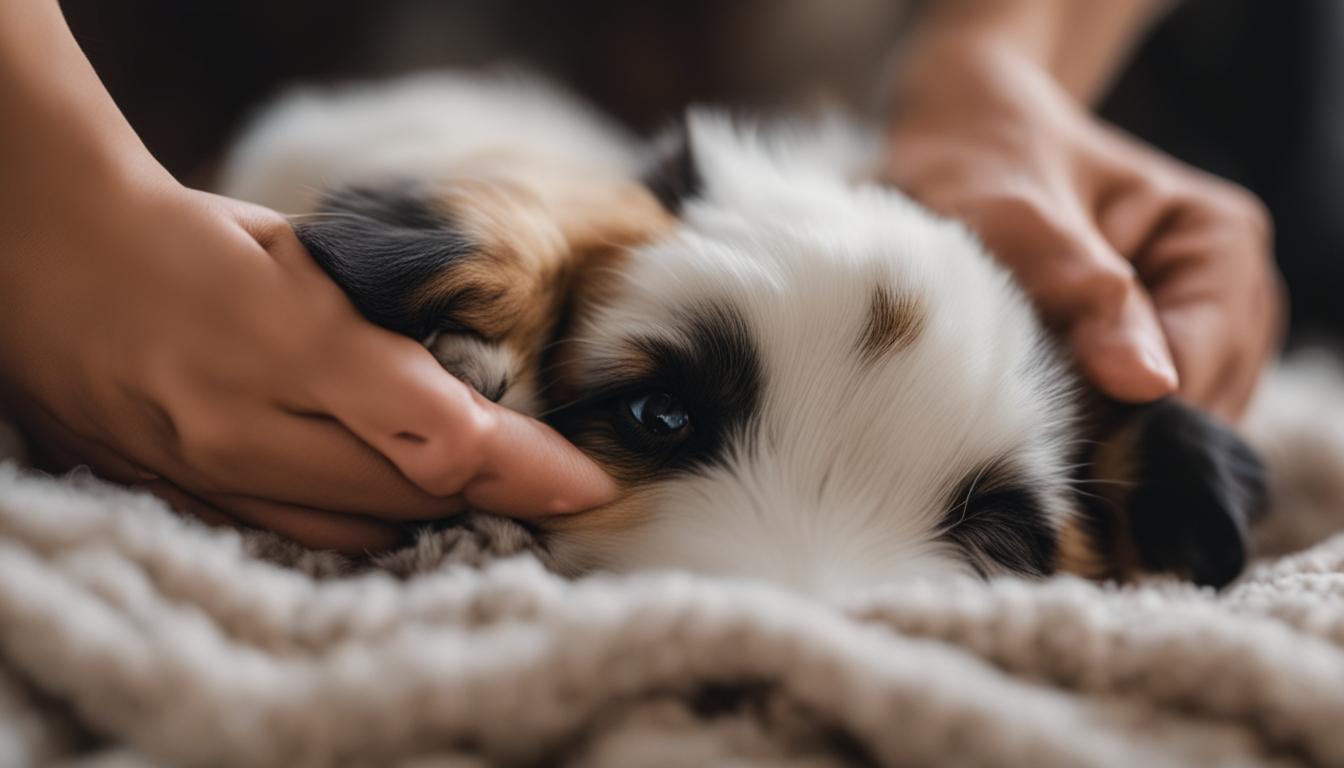
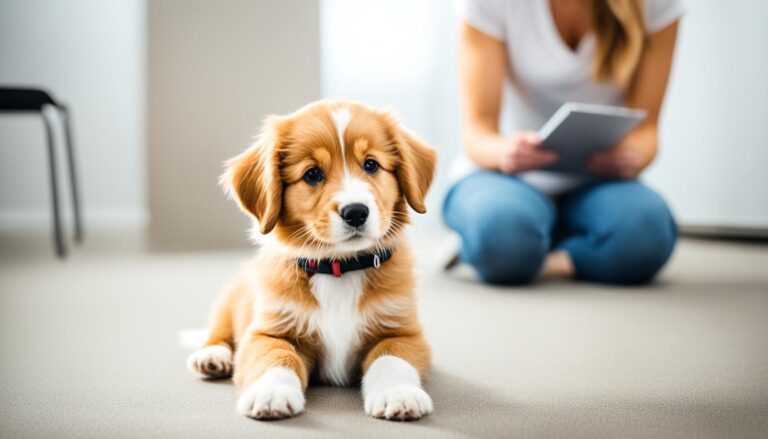
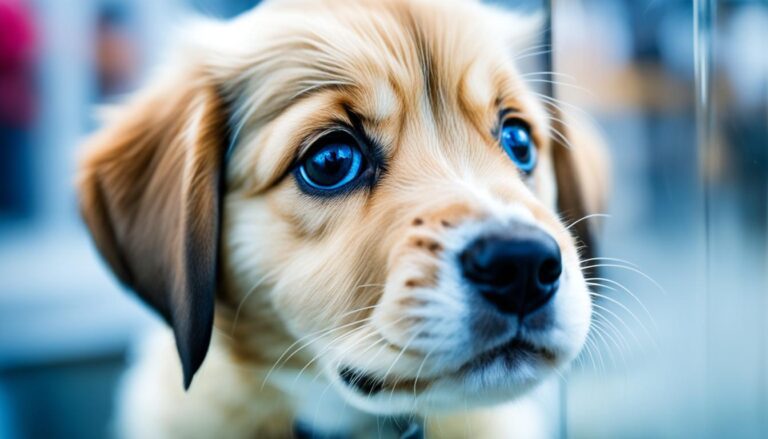
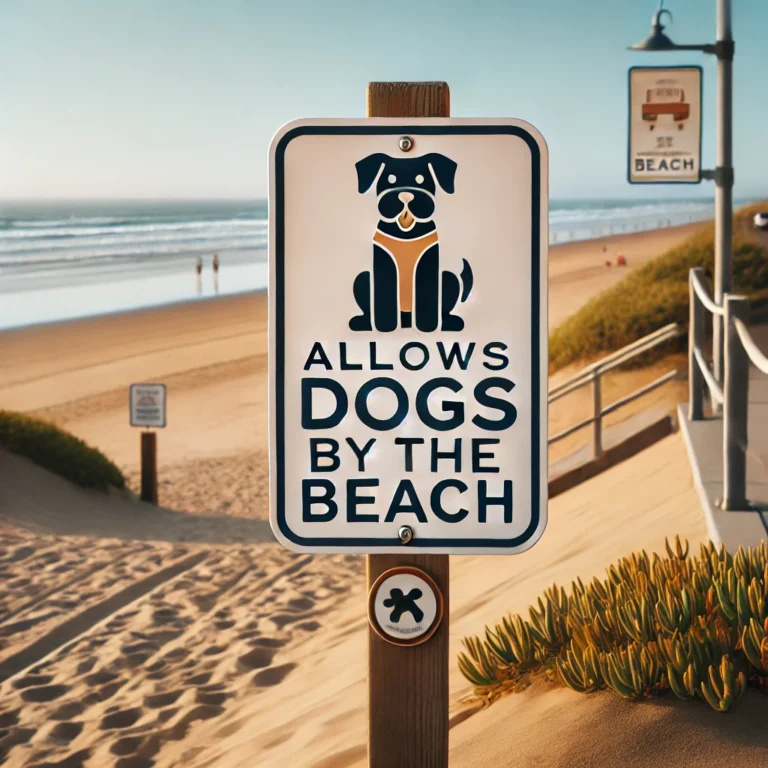

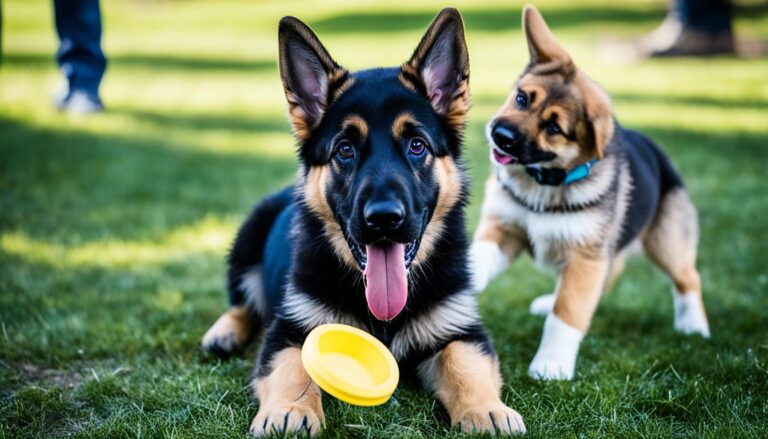
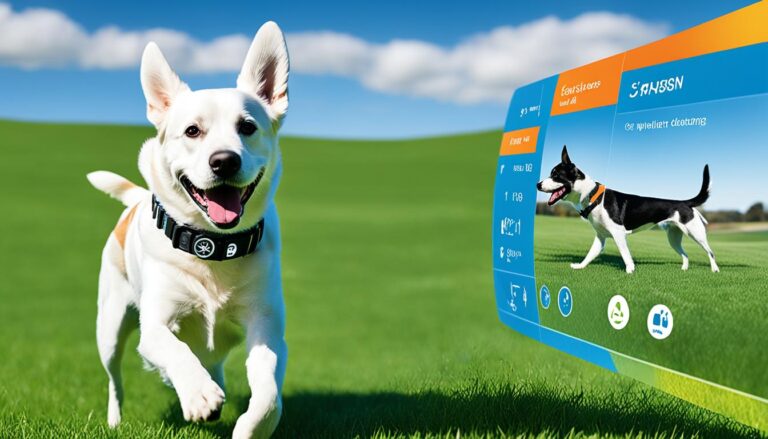
One Comment